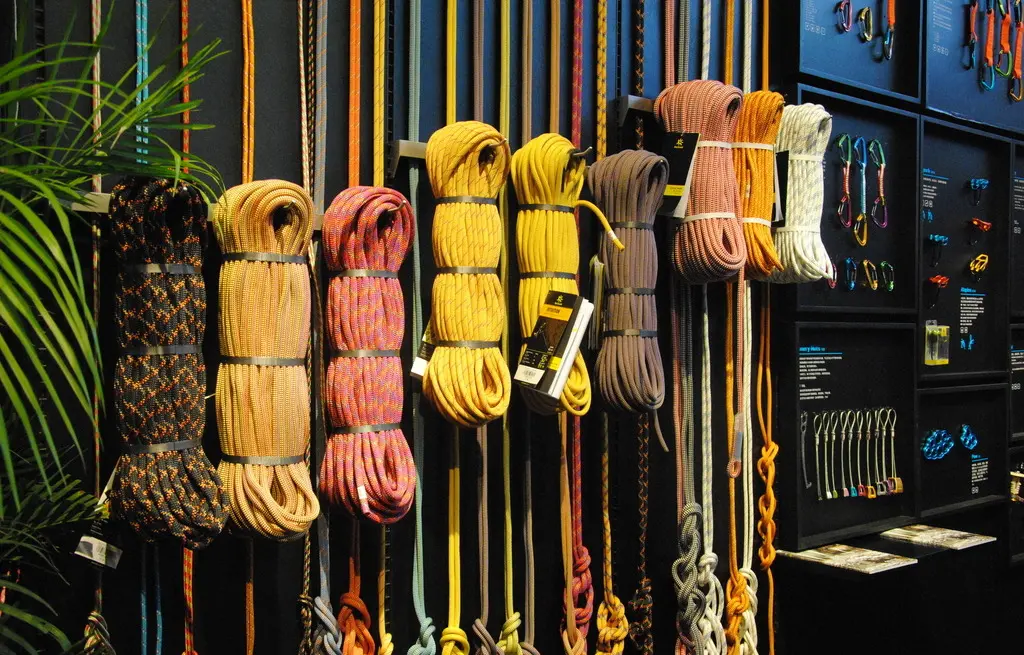Copyright © 2012-2025 Trust-k Cordage Manufacture Industrial Co., Ltd. Powered by iglobalwin.com
The performance characteristics of the rope
The rope has the properties of tensile strength, impact resistance, abrasion resistance, flexibility, lightness and softness. It is used to tie the multi-strand rope of ships. It is required to have the properties of tensile resistance, impact resistance, abrasion resistance, flexibility and softness.
Multi-strand rope used to tie ships. It is required to have the properties of tensile resistance, impact resistance, abrasion resistance, flexibility and softness.

Steel rope, hemp or cotton rope were used in the past; after the emergence of synthetic fibers, they have been mostly made of nylon, polypropylene, vinylon, and polyester. In addition to light specific gravity, high strength, good impact resistance and abrasion resistance, synthetic fiber cable has the advantages of corrosion resistance, mildew resistance, and insect resistance. For example, the strength and abrasion fastness of nylon cables are several times higher than that of hemp and cotton cables, and polypropylene cables have a specific gravity less than water and can float on the water surface, which is convenient and safe to operate. According to the processing structure, chemical fiber ropes are divided into two types: 3-strand and multi-strand twisted rope and 8-strand and multi-strand braided rope. The 3-strand rope generally has a diameter of 4-50 mm, and the 8-strand rope generally has a diameter of 35-120 mm. In addition to being used for ship mooring, chemical fiber ropes are also widely used in transportation, industry, mining, sports and fishery. According to the needs of special purposes, metal materials can also be woven into the cable core. According to the needs of special purposes, metal materials can also be woven into the cable core.
The rope has the properties of tensile strength, impact resistance, abrasion resistance, flexibility, lightness and softness. It is used to tie the multi-strand rope of ships. It is required to have the properties of tensile resistance, impact resistance, abrasion resistance, flexibility and softness.
Multi-strand rope used to tie ships. It is required to have the properties of tensile resistance, impact resistance, abrasion resistance, flexibility and softness.

Steel rope, hemp or cotton rope were used in the past; after the emergence of synthetic fibers, they have been mostly made of nylon, polypropylene, vinylon, and polyester. In addition to light specific gravity, high strength, good impact resistance and abrasion resistance, synthetic fiber cable has the advantages of corrosion resistance, mildew resistance, and insect resistance. For example, the strength and abrasion fastness of nylon cables are several times higher than that of hemp and cotton cables, and polypropylene cables have a specific gravity less than water and can float on the water surface, which is convenient and safe to operate. According to the processing structure, chemical fiber ropes are divided into two types: 3-strand and multi-strand twisted rope and 8-strand and multi-strand braided rope. The 3-strand rope generally has a diameter of 4-50 mm, and the 8-strand rope generally has a diameter of 35-120 mm. In addition to being used for ship mooring, chemical fiber ropes are also widely used in transportation, industry, mining, sports and fishery. According to the needs of special purposes, metal materials can also be woven into the cable core. According to the needs of special purposes, metal materials can also be woven into the cable core.
